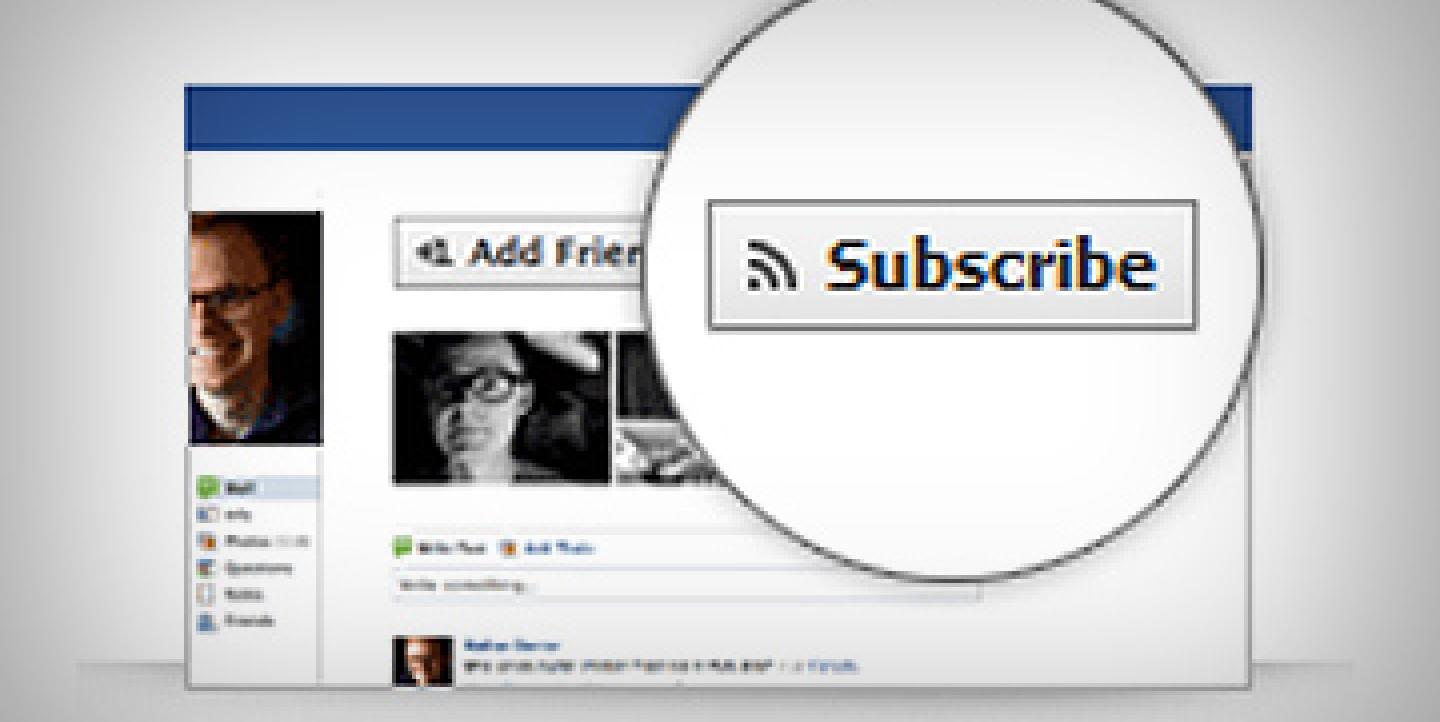Even many social media-savvy journalists aren't sure whether they should be connecting with readers through Facebook's "Subscribe" feature or using an official page.
Not long after announcing official pages, Facebook launched the “subscribe” button that allows readers to subscribe to the updates of journalists and public figures without "friending" them.
Facebook reports thousands of journalists have enabled the Subscribe button. It has also been adopted by news organizations like The Washington Post, which has more than 90 journalists using Subscribe, and The New York Times, which has more than 50 journalists using it. The survey added that the “average journalist has seen a 320 percent increase in subscribers since November 2011.”
IJNet interviewed Facebook’s journalism program manager, Vadim Lavrusik about the feature and how journalists are interacting with readers on the social network.
IJNet: What are the best examples you have seen of journalists using the Subscribe button?
Vadim Lavrusik: Journalists have been using Subscribe to keep their audiences better informed and to keep up with sources. I think the best examples come from journalists who are using Subscribe to break news and help with their reporting. CNN's Don Lemon posted breaking news about Republican presidential candidate Jon Huntsman, The New York Times Moscow bureau reporter Michael Schwirtz posted live videos as he covered recent protests, and The Guardian's Amanda Michel used Subscribe to curate links about the State of the Union Address.
IJNet: How does the feature complement a journalist's "official" page? What are the advantages for journalists to keep both a public profile and a private one?
VL: It really depends on what your goals are. Subscribe is a simple way for journalists to allow people to subscribe to their public updates on Facebook without having to create a separate page. It enables a journalist's community of viewers and readers to get public updates in their News Feeds without having to add that journalist as friend.
This means they can use their timeline with Subscribe to communicate on a personal level with their friends and family, as well as with a larger audience by simply targeting the updates to the specific audience. The journalist has control of what their friends see and what subscribers see. It's important to note that having two profiles is a violation of our terms of service. But Subscribe makes it easy to connect with both audience in one place. Journalists can, however, set up a Facebook Page that the audience can "like" to get updates in their news feed.
IJNet: How is Facebook responding to the issue of journalists getting spammed with the subscription feature?
VL: We take issues like spam and inappropriate comments very seriously, and we are always working to minimize that activity wherever it might occur. Our new Subscribe feature is no exception and we're continuing to evolve the product to ensure people have the best possible experience with it. It's important to note that for most journalists, Subscribe has improved the way they engage with their audience and use Facebook for their reporting.
In addition, people who have opted to get subscribers have the ability to report inappropriate behavior, delete specific comments and limit comments to friends only or friends of friends. They can also block any subscriber at any time, preventing that subscriber from seeing or engaging with any previous or future updates.
To keep up with Lavrusik, you can subscribe to his Facebook Timeline. For more information on using Facebook in journalism, join the “Facebook + Journalists" page.


